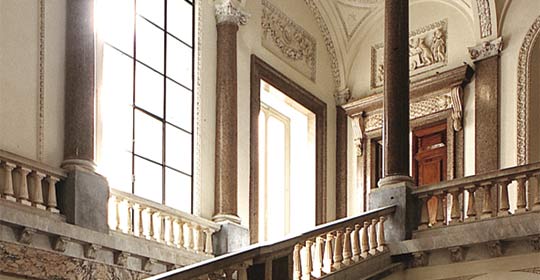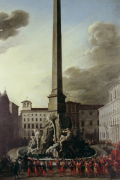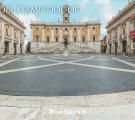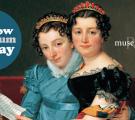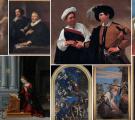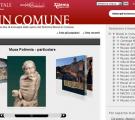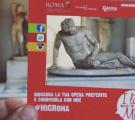934
The Palazzo Braschi, built in the 18th century in the heart of Renaissance and Baroque Rome, is now the seat of the Museum of Rome. It is home to the most significant collection of exhibits to document the social history and artistic life in Rome between the Middle Ages and the early 20th century.
The eighteenth century Palazzo Braschi, situated in the heart of Renaissance and Baroque Rome, between Piazza Navona and Piazza Campo dei Fiori, is the home of the Museum of Rome. The building, designed by the architect Cosimo Morelli (1732-1812), has recently undergone complex structural work and restoration works to return its majestic architecture, atmospheric courtyard, delicate stuccowork and painted rooms to their original splendour. A distinctive element of the palace's architecture is its monumental staircase, in the creation of which architect Giuseppe Valadier (1762-1839) was involved. Many of the halls still have their original tempera decoration from the turn of the eighteenth century.
Due to its extremely rich and extensive collection, the Museum of Rome offers the a most illuminating understanding of the social history and artistic activity of the city from medieval times to the early nineteenth century. The collection consists of more than a hundred thousand objects, including paintings, drawings, sculptures, engravings, photographs, furniture, clothing, ceramics, coaches and sedan chairs and pieces of architecture and frescos saved from demolition, selections from which are exhibited in rotation.
The entire collection can also be accessed through the database in the museum's multimedia centre. Objects of particular interest include: a series of paintings made between the sixteenth and the nineteenth century celebrating religious ceremonies and festivals; a notable sculpture collection illustrating the work of some of the most important Roman artists and a collection of drawings, watercolours, antique books and historic photographs, which both narrate the history of graphic art in Rome and describe the topography and the social life of the city.
